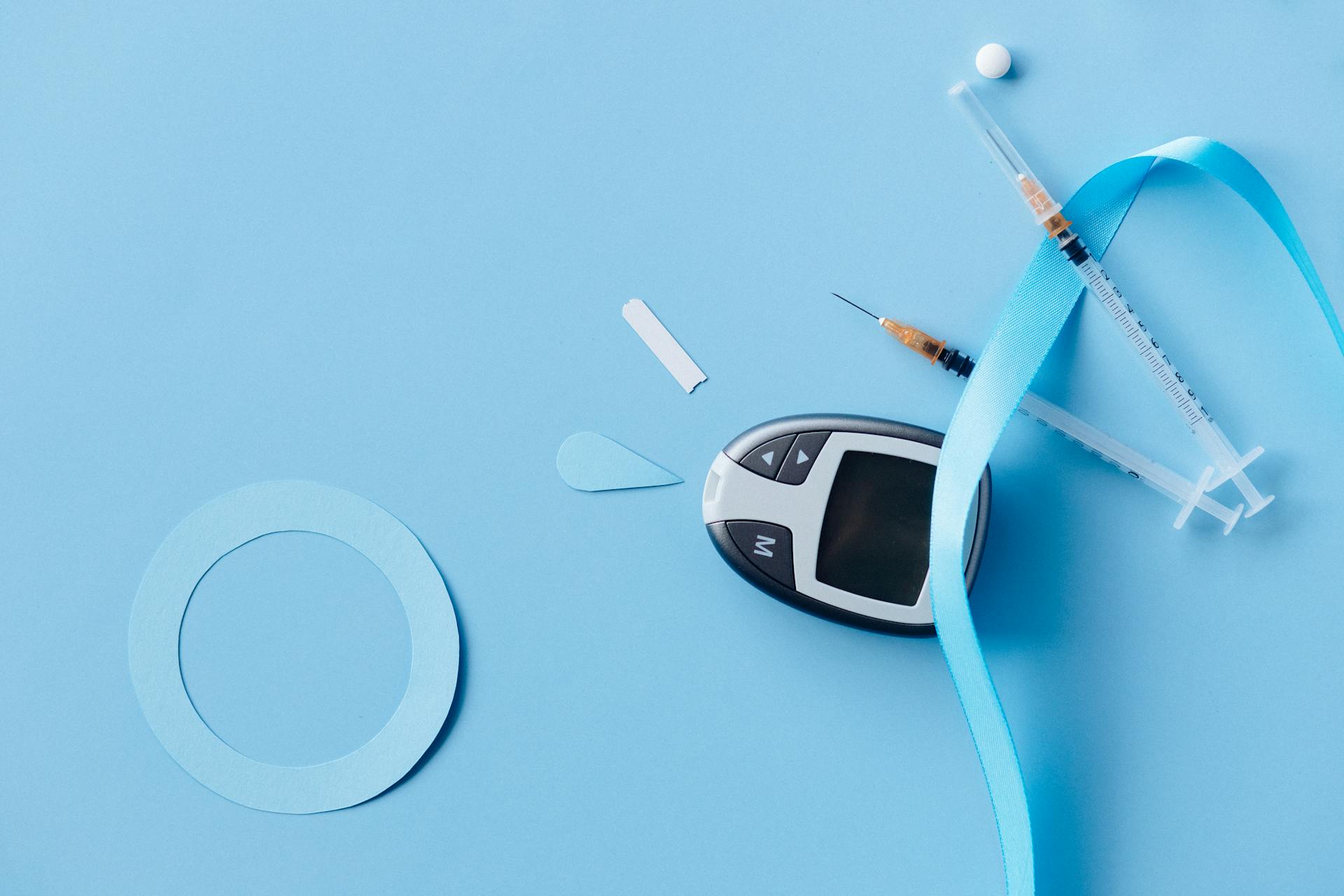What is Prediabetes?
Prediabetes is a health condition characterised by blood sugar levels that are higher than normal but not high enough to be classified as diabetes. It serves as a warning sign, indicating an increased risk of developing type 2 diabetes, heart disease, and stroke. Unlike diabetes, prediabetes often presents with no clear symptoms, making it crucial for individuals to undergo regular screening, especially if they have risk factors such as obesity, a family history of diabetes, or a sedentary lifestyle.
Understanding Blood Sugar Levels
Blood sugar, or glucose, is the main source of energy for the body’s cells. The glucose levels in the blood are primarily regulated by insulin, a hormone produced by the pancreas. In prediabetes, the body’s response to insulin is impaired, leading to higher blood glucose levels.
Blood sugar levels can be checked through various methods, including:
- Fasting Blood Sugar Test: This test measures blood sugar after an overnight fast. Prediabetes is indicated by fasting blood sugar levels of 5.6 to 6.9 mmol/L (100 to 125 mg/dL).
- Oral Glucose Tolerance Test (OGTT): After fasting, a sugary drink is consumed, and blood sugar levels are tested periodically over the next two hours. A reading of 7.8-11.1 mmol/L (140 to 199 mg/dL) two hours after drinking the solution suggests prediabetes.
- Hemoglobin A1c Test: This test provides an average blood sugar level over the past two to three months. An A1c level of 5.7% to 6.4% is considered prediabetic.
Managing Your Blood Sugar Levels
Adopt a Healthy Diet
Choose Low Glycemic Index Foods
Select foods with a low glycemic index, such as whole grains and legumes, to achieve a slower rise in blood sugar levels.
Balance Carbohydrates
Focus on complex carbohydrates like whole grains for a gradual increase in blood sugar, distributing intake evenly throughout the day.
Incorporate Fiber-Rich Foods
High-fibre foods, including vegetables and fruits, help slow sugar absorption, stabilising blood sugar levels.
Engage in Regular Physical Activity
Identify Types of Exercise Beneficial for Prediabetes
Incorporate aerobic and resistance training exercises to improve insulin sensitivity and manage blood sugar levels.
Set Realistic Exercise Goals
Aim for at least 150 minutes of moderate aerobic activity weekly, complemented by muscle-strengthening activities, to aid in blood sugar management.
Maintain a Healthy Weight
Losing even a modest amount of weight, such as 5-10% of total body weight, can significantly improve blood sugar control and reduce the risk of developing type 2 diabetes.
Manage Stress Levels
Stress management is crucial as stress can negatively impact blood sugar levels. Techniques such as mindfulness, deep breathing exercises, and yoga can help mitigate stress and its effects on blood sugar.
Prioritise Quality Sleep
Adequate, quality sleep is essential for blood sugar regulation. Ensuring 7-9 hours of sleep per night and maintaining a consistent sleep schedule can help improve insulin sensitivity and blood sugar control.
Consider Medication When Necessary
For some individuals, lifestyle changes alone may not be sufficient to manage blood sugar levels effectively. In such cases, medication like the following may be recommended by healthcare providers to help improve insulin sensitivity.
Schedule Regular Check-ups and Seek Professional Guidance
Regular medical check-ups are important for monitoring blood sugar levels and assessing the effectiveness of prediabetes management strategies. Healthcare professionals can provide personalised advice, adjust treatment plans as necessary, and offer support for lifestyle changes. Early and consistent engagement with healthcare providers ensures the best possible outcomes in managing prediabetes and preventing its progression to type 2 diabetes.
Other Ways to Manage Blood Sugar Levels
- Monitor Blood Sugar Regularly: Keep track of your blood sugar levels to identify patterns and make necessary adjustments.
- Stay Hydrated: Drinking water instead of sugary drinks can help control blood sugar levels.
- Eat Small, Frequent Meals: This can help maintain stable blood sugar levels throughout the day.
- Reduce Portion Sizes: Eating smaller portions can help with weight management and blood sugar control.
- Avoid Processed Foods: Opt for whole, unprocessed foods to reduce sugar and unhealthy fat intake.
Conclusion
Prediabetes management requires a balanced approach, integrating lifestyle modifications and medical guidance to mitigate the risk of diabetes. Embracing these changes can significantly improve blood sugar levels and overall health.





